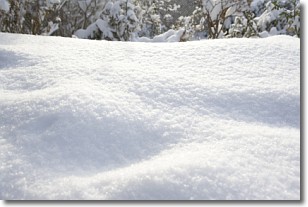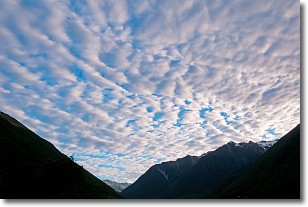Weather Alert in Alaska
Special Weather Statement issued August 28 at 4:05AM AKDT by NWS Anchorage AK
AREAS AFFECTED: Northern Copper Valley; Western Copper Valley; Central Copper Valley; Ernestine; Southern Copper Valley
DESCRIPTION: A frontal system moving into Southcentral will usher strong and gusty southerly winds into the Copper River Basin and Valley starting late this morning. The strongest wind gusts will range from around 35 mph to near 55 mph, with the strongest gusts focused along the Copper River Valley north of Kenny Lake and along the Richardson and Glenn Highways north and west of Glennallen. Winds will begin to diminish tonight into Friday morning as the front pushes to the east. People are urged to secure loose objects that could be blown around by the strong winds and use caution while traveling. Winds could coincide with periods of moderate rain, potentially making driving difficult at times. Trees are still fully leafed and will be unusually vulnerable to damage from the strong winds. Localized power outages will be possible due the potential for strong winds to bring down tree branches onto power lines.
INSTRUCTION: N/A
Want more detail? Get the Complete 7 Day and Night Detailed Forecast!
Current U.S. National Radar--Current
The Current National Weather Radar is shown below with a UTC Time (subtract 5 hours from UTC to get Eastern Time).

National Weather Forecast--Current
The Current National Weather Forecast and National Weather Map are shown below.

National Weather Forecast for Tomorrow
Tomorrow National Weather Forecast and Tomorrow National Weather Map are show below.

North America Water Vapor (Moisture)
This map shows recent moisture content over North America. Bright and colored areas show high moisture (ie, clouds); brown indicates very little moisture present; black indicates no moisture.

Weather Topic: What is Snow?
Home - Education - Precipitation - Snow
 Next Topic: Stratocumulus Clouds
Next Topic: Stratocumulus Clouds
Snow is precipitation taking the form of ice crystals. Each ice crystal, or snowflake,
has unique characteristics, but all of them grow in a hexagonal structure.
Snowfall can last for sustained periods of time and result in significant buildup
of snow on the ground.
On the earth's surface, snow starts out light and powdery, but as it begins to melt
it tends to become more granular, producing small bits of ice which have the consistency of
sand. After several cycles of melting and freezing, snow can become very dense
and ice-like, commonly known as snow pack.
Next Topic: Stratocumulus Clouds
Weather Topic: What are Stratus Clouds?
Home - Education - Cloud Types - Stratus Clouds
 Next Topic: Wall Clouds
Next Topic: Wall Clouds
Stratus clouds are similar to altostratus clouds, but form at a
lower altitude and are identified by their fog-like appearance, lacking the
distinguishing features of most clouds.
Stratus clouds are wider than most clouds, and their base has a smooth, uniform
look which is lighter in color than a nimbostratus cloud.
The presence of a stratus cloud indicates the possibility of minor precipitation,
such as drizzle, but heavier precipitation does not typically arrive in the form
of a stratus cloud.
Next Topic: Wall Clouds
Current conditions powered by WeatherAPI.com




